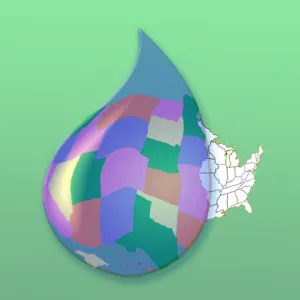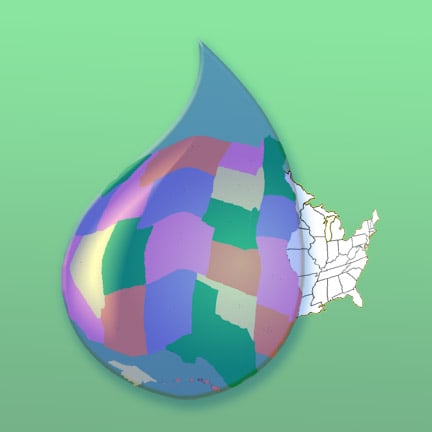Departments collaborate for water policy change
Many homesteaders came to the American West in the 19th century with the tragically misinformed notion that “the rain follows the plow,” a theory suggesting that human land occupation and agricultural production of an area would beneficially alter the precipitation and climate of that same region. Ironically, the homesteaders’ land, which is considered to be the backbone of American agriculture and produces 50 percent of the nation’s fruits, vegetables and nuts, is now known as the “Arid Region.”
“We face some really dire circumstances when we look at the water situation in the western United States,” said Andrew Fahlund, executive director of the Stanford project Water in the West.
Water in the West, formed in January 2010, is a joint program by the Woods Institute for the Environment and the Bill Lane Center for the American West. It aims to engage in research and policy initiatives from various academic disciplines in order to deliver solutions for the key water challenges in the western United States.
In particular, the program focuses on three aspects: groundwater management, water recycling and water system sustainability. Fahlund emphasized that he and his partners are mobilizing all of the relevant expertise at Stanford to create an interdisciplinary look at the pertinent issues.
“The quality of the engineering department here, coupled with the remarkable legal minds and the economists…then you bring in people from the history department and from journalism, and all of them have contributions to take on a very complicated issue,” Fahlund said.
Members of Water in the West led a 2011 Sophomore College class on a two-week, 225-mile trip down the Colorado River in the Grand Canyon in order to introduce undergraduates to the complexities of the water system in the region.
The Colorado River supplies water and power to over 25 million people in seven states, as well as to parts of Mexico. The water is supplied to a diverse range of people, from rural farmers to urbanites in Los Angeles, and increasing demand for this essential resource, coupled with a decrease in water volume, is causing major conflicts. The river once ran all the way through Mexico and out through the Gulf of California but now runs dry at many places. According to a 2010 Smithsonian article, the river is 130 feet lower than it was in 2000.
Besides the effects of water diversion from dams and irrigation, Fahlund stressed that the dire situation of freshwater ecosystems in California can be traced to climate change. Snowpack in California, a natural water storage system, is expected to decrease by as much as 80 percent over the next 50 years, and groundwater is being pumped out of the ground faster than it can be replenished.

“Freshwater ecosystems across the West are pretty stressed and they are really at breaking point, and up until recently they were largely ignored,” Fahlund said.
“You don’t think about water policy on a macroscopic level, and you don’t think about things like [the fact] that L.A. only exists because they have been swindling water,” said Andrea Acosta ’14, one of the 2011 Sophomore College participants.
“Being aware of these bureaucratic policy fights and being on the river and seeing the people and places that policy actually affects made the ideas so much more meaningful,” she added.
While students of the Sophomore College trip reflected that they had fun learning to raft and enjoyed being surrounded by the dramatic landscape, many came away with deep concerns about the future of the water in the area.
“I am not really sure who would be optimistic about this situation,” said Julia Barrero ’14, who also participated in the Sophomore College class. “Maybe I am optimistic just because we need to be optimistic in the face of this crisis.”
Fahlund said he sees hope for improvement by bridging the fields through communication and cooperation.
“We held a meeting just a few days ago bringing in groundwater managers from around the state of California, as well as researchers,” Fahlund said. “I don’t think the researchers had historically given a great deal of thought to what practical questions groundwater managers have had, and groundwater managers had never bothered to ask the question, ‘What could research actually do for me in my practical challenges?’
“Our job is like translating in a sense,” he added.
David Kennedy ’63, professor of history and faculty co-director of the Bill Lane Center, looks to the history of water in the West both as an explanation and guide to handling the current water crisis.
“It is just an incredible engineering accomplishment to put in place the system we have, and it didn’t just happen…it took generations and it took focus and political will and engineering ingenuity,” Kennedy said. “So if prior generations had that much ambition and ingenuity, then I don’t see why we in future generations shouldn’t have something comparable to update the system.”
However, he warned, “We can’t go on as we have been.”
